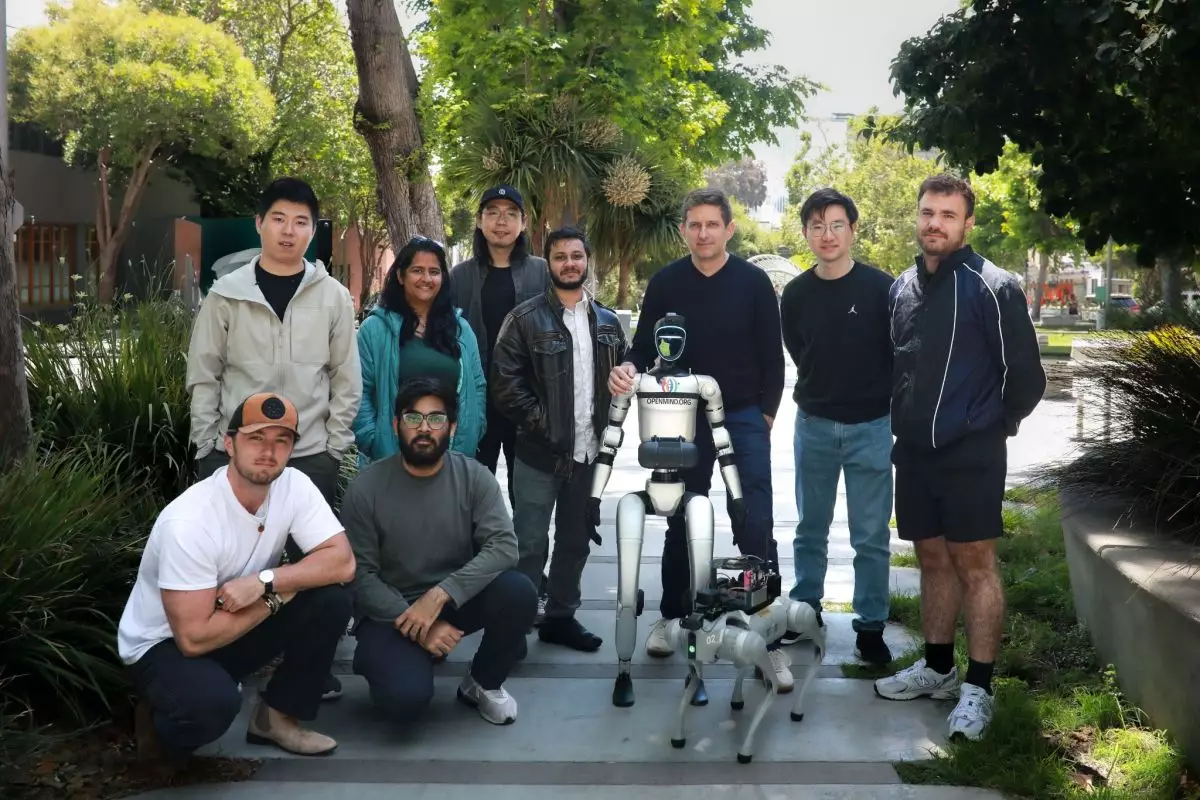In the rapidly evolving landscape of robotics, much of the focus has traditionally been on tangible hardware—robotic arms, autonomous vehicles, and mechanical components that physically interact with the environment. However, a paradigm shift is underway, emphasizing the importance of sophisticated software that enables robots to think, learn, and organically adapt to human needs. OpenMind, a pioneering Silicon Valley startup, epitomizes this shift by developing OM1, an open, hardware-agnostic operating system tailored specifically for humanoids and service robots. Unlike conventional robotic platforms constrained by proprietary systems, OM1 aspires to be the Android of robotics—an adaptable, universally compatible layer that fosters innovation and collaboration across different devices and manufacturers.
Such an approach embodies a crucial insight: the true power of robots emanates from their ability to seamlessly engage with humans, understanding context, emotions, and social cues. With OM1, OpenMind aims to create a foundation that not only manages hardware but also orchestrates sophisticated human-like interactions. This vision challenges the prevalent tendency to isolate hardware from software, where many robots are limited to scripted tasks or narrow functions. By prioritizing a flexible operating system, OpenMind recognizes that future humanoids must be conversational, intuitive, and capable of ongoing learning—traits that define what it means to interact naturally with humans.
The Leap Towards Human-Centric Robots with Intelligent Protocols
OpenMind’s recent introduction of FABRIC signals a significant step toward a more interconnected robotic ecosystem. This protocol facilitates robots in verifying identities and sharing context-rich information, rendering them as social agents rather than isolated machines. The analogy to human trust networks underscores an essential principle: for robots to be truly useful in daily life, they must not only perform tasks but also build a web of shared understanding. FABRIC enables robots to communicate, coordinate, and learn collectively, significantly accelerating their ability to adapt and respond to various environments.
More profoundly, Liphardt emphasizes the innate difference between machine learning and human cognition. While humans learn language and social cues gradually and through a complex web of experiences, machines can do so instantly—if given the right infrastructure. Connecting robots via FABRIC allows them to share data about linguistic nuances, cultural contexts, and operational parameters, effectively creating a collective intelligence that transcends individual limitations. This paradigm hints at a future where robots are not just standalone tools but members of a growing, self-improving network—an evolution that challenges traditional ideas of artificial intelligence being siloed or opaque.
Implications for Daily Life and Societal Transformation
OpenMind’s aggressive rollout of robot prototypes, including their initial fleet of humanoid dogs, underscores the urgency to bring these innovations from labs into homes. The company’s philosophy is refreshingly pragmatic: deploy quickly, learn from real-world feedback, and iterate with agility. This iterative process is critical because no amount of theoretical design can substitute for lived experience; human users will invariably have preferences, frustrations, and ideas for improvement that cannot be anticipated in advance.
The vision of integrating robots into everyday environments is not merely about convenience; it is about transforming societal norms. Robots equipped with open platforms and advanced communication protocols could redefine companionship, caregiving, and even work. Imagine a household where each device and robot learns from and collaborates with others and with humans, creating a harmonious ecosystem of intelligent assistants that understand and respect individual routines, preferences, and social dynamics.
Furthermore, OpenMind’s stance on open hardware and software signals an empowering shift away from closed, proprietary systems that often limit innovation. By democratizing access and encouraging diverse developers to contribute, it fosters a fertile ground for breakthrough ideas and customized solutions suited to various cultural, economic, and individual needs. This is a bold move that could accelerate progress far beyond the isolated efforts of larger tech giants, bringing intelligent robotics closer to everyday reality and societal acceptance.

